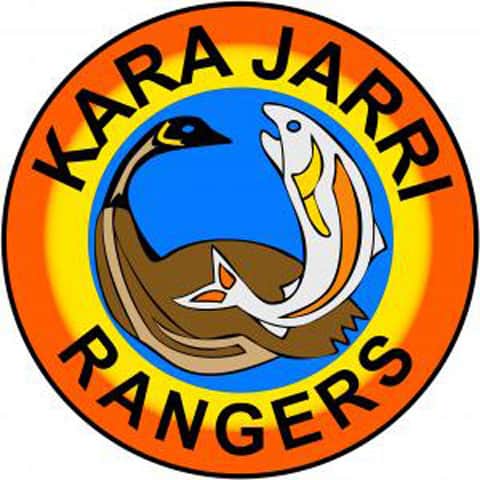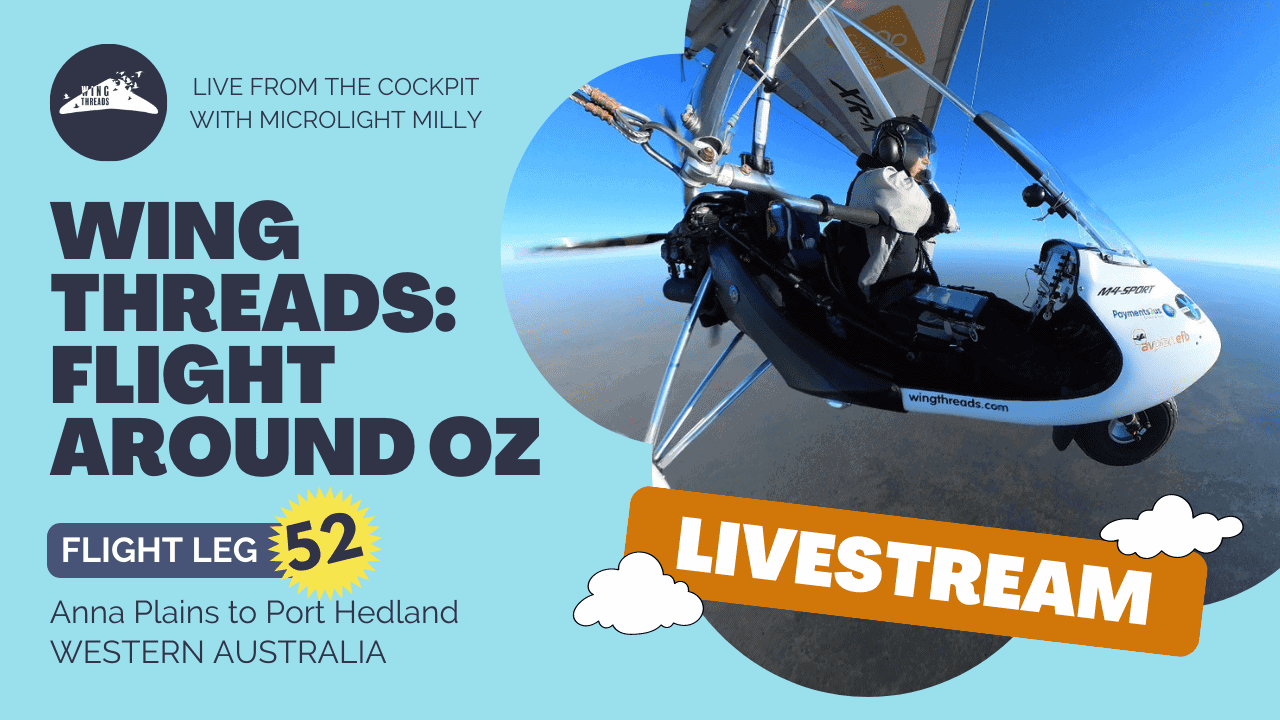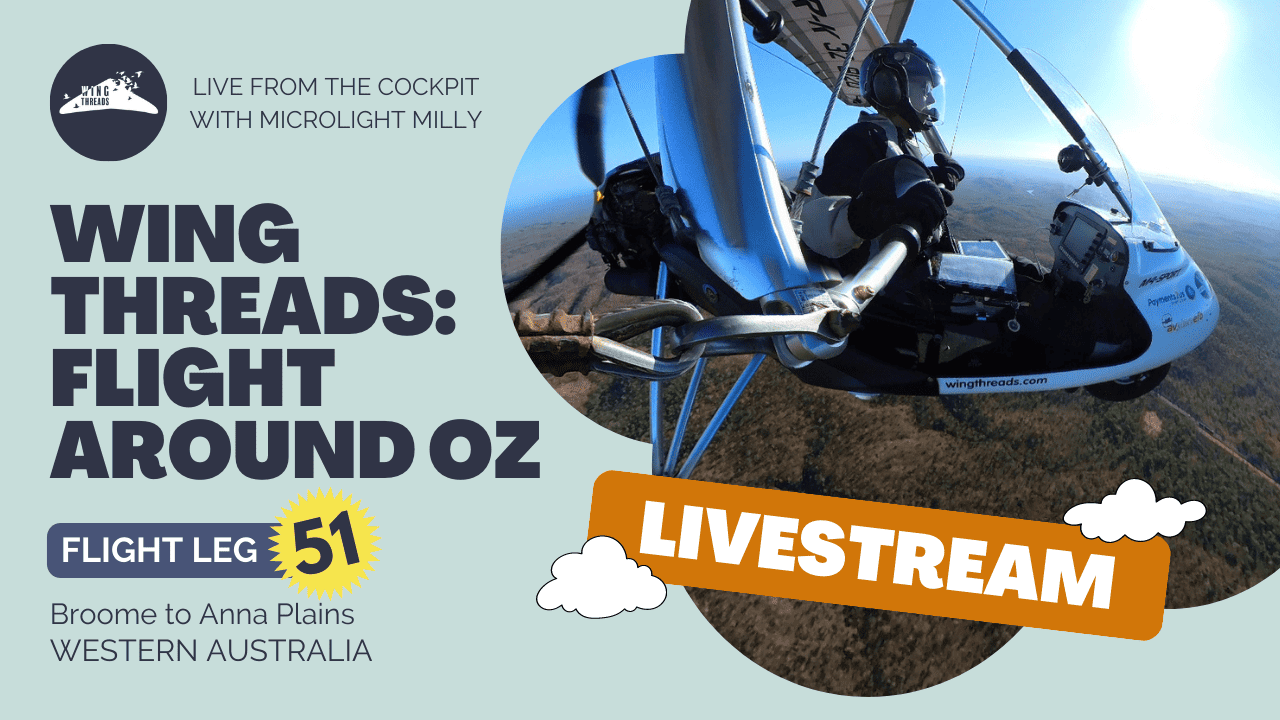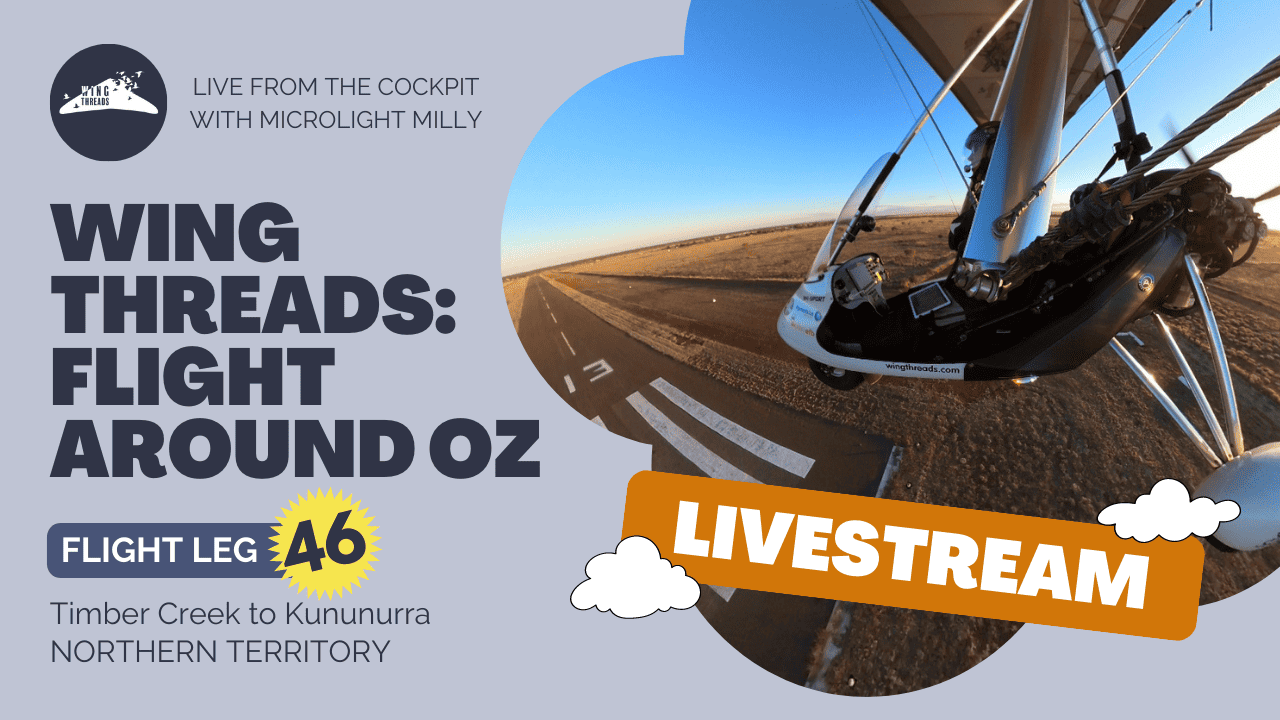Quiet times
A contribution by Clive Minton
A quieter week for the Oriental Pratincoles whilst the Little Curlew and Whimbrel continue their northward migrations through the Yellow Sea region.
Increasingly it looks as if all four Oriental Pratincoles have now stopped migrating and settled into probable breeding areas. So we probably can’t expect any significant movements from these now for many weeks. It is interesting to speculate just how these birds will spend their time between finishing the current nesting event in June, and arriving back in Australia again next December. Will any of them attempt a second brood? Where will they moult – on/near their breeding grounds or at some other collecting point? When exactly will territories be vacated? And when will the return migration to Australia actually start?
I shall be following the waders in another Flyway on Delaware Bay (USA) for the next three weeks, and watching these Aussie tracked shorebirds from afar. However, the remainder of the team will continue to prepare weekly reports for circulation.
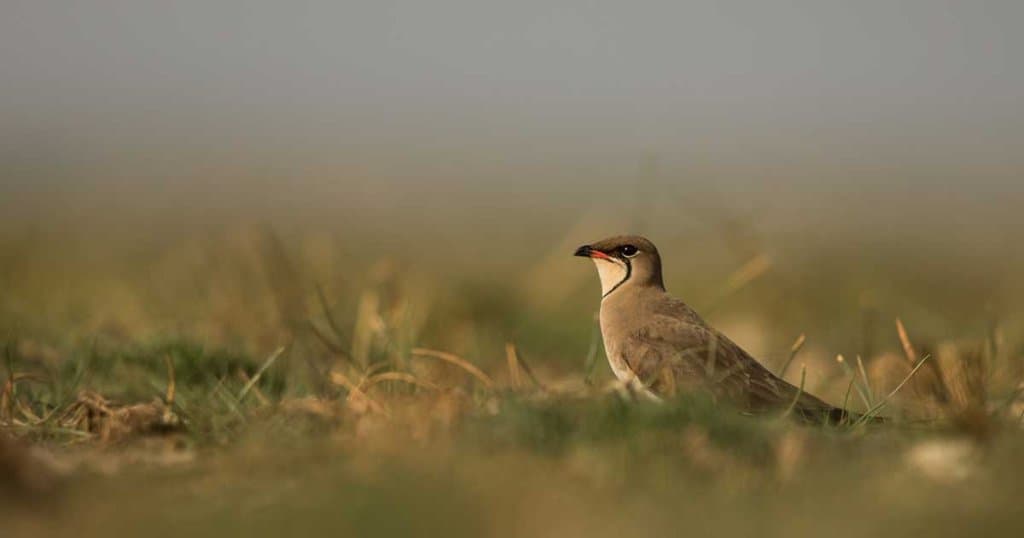
The breeding phase continues
Grace Maglio
Once again this week all of our superstar birds, except SUN, have made only local movements.
Quality data for SUN, our Taiwanese-based bird, remains scarce but we are confident that better weather in the region will yield more accurate results. For this report we have included a short article written by Dr. Taej Mundkur, Senior Technical Officer, Wetlands International, which shows how one little bird can bring together colleagues from all corners of the Flyway and beyond.
On hearing of the news of SEP’s adventures, we received an email which highlights the excitement and the recognition of the value of the data gathered so far.
Taej Mundkur
How one satellite transmitter mounted on the back of an Oriental Pratincole (Glareola maldivarum) in north-west Australia only a few months ago has thrown open a new chapter in our knowledge about this “largely resident, with local movements” species of South Asia!
Prior to 2004, it was thought that the population of Oriental Pratincole in the East Asian – Australasian Flyway was around 75,000 birds. Separate to this, a population of about 100,000 were estimated to inhabit South Asia.
In February 2004 during the annual North West Australia (NWA) expedition, participants observed an unprecedented, extraordinary number of this species along Eighty Mile Beach and the surrounding plains and as result a formal count was organised. Through ground and aerial based counts, it was estimated that 2.88 million Oriental Pratincole inhabited the area that year. It was not known from where these birds come to Australia, given that they breed in east Asia – China, Korea and Japan – to southeast Asia and there is a resident population in South Asia.
For the first time ever, five Oriental Pratincole were marked with Solar 2-gram Platform Terminal Transmitters (PTTs) produced by Microwave Telemetry Inc.. Over the last months, the birds flew north and amazing stories are unfolding.
One individual flew across Indonesia and east Malaysia to Thailand. After a break of enjoying yummy Thai food, it flew west to the Odisha coast of India. After a short rest it flew southwest across peninsular India to inland Karnataka, where it is currently hanging around. Will it nest here, time will tell?
And what will it do after that?? Fly back to Australia to spend the next southern summer there? Hopefully we will learn soon enough.
Can anyone in Karnataka go out there and check? Please share your observations.
While another flew up to Cambodia and swung east ending up on the east coast of Taiwan! A third is making itself at home on the lakeside of the famous Tonle Sap.
These studies will help us to better plan collaborative conservation actions across the Flyway for these species and its habitats.
Congratulations to the ever inspiring Clive Minton and the Australasian Wader Studies Group (AWSG) Wader and Tern expedition to Northwest Australia in February 2019 in marking these birds. Also, many thanks to the group for the regular updates on their exciting movements. Looking forward to learning more about these birds.
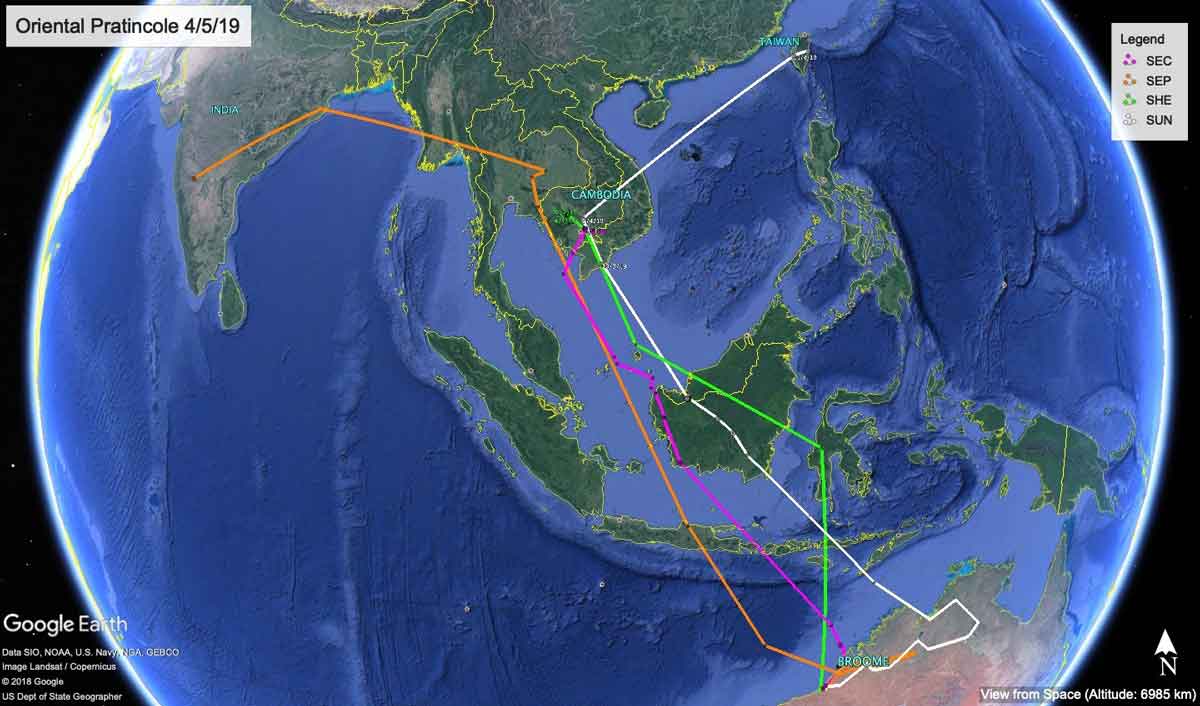
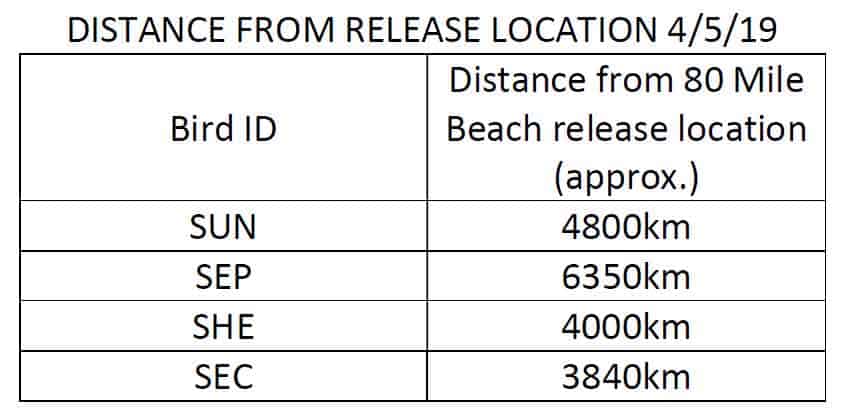
Oriental Pratincoles on the move
Bad Weather, bad data - Grace Maglio & Chung-Yu Chiang
Leg Flag SUN (PTT 83591)
There has been no accurate location data for SUN in Hualien County since the last reading 16 days ago. Once again this is most likely due to the inclement weather that is persisting in this region and the lack of sunlight preventing the Platform Transmitter Terminal charging for the optimal transmission of signals.
We are however receiving enough data of less accuracy to suggest that SUN is still in this region and most likely somewhere along the Shoufeng and Hualien Rivers. As mentioned in previous reports breeding attempts have been observed in this area in previous years. It is hoped that as the weather eventually settles and the sun reappears, more information will become available.
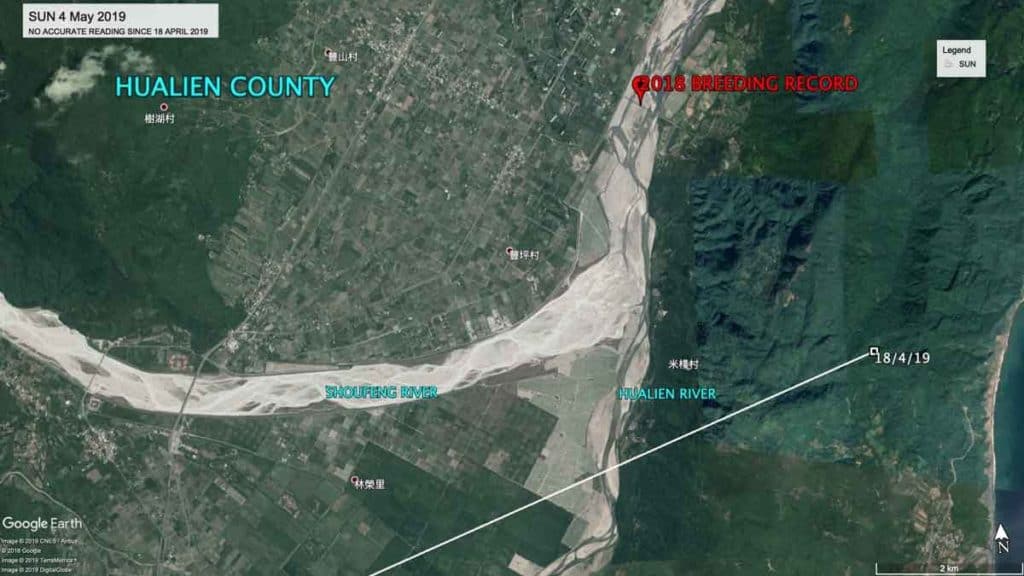
Pushing the Flyway boundaries
Leg Flag SEP (PTT 83593)
Excitement continues with SEP in South West India in the state of Karnataka. SEP’s movements remain local on the banks of the Krishna River, within the boundary of Heggur Village, Bagalkot District. We hope to have some ‘on the ground’ reports from colleagues in this region soon. Should data eventually indicate breeding behaviour, as we believe will be the case, this will be the first record of an Australian wader breeding in India. Watch this space!
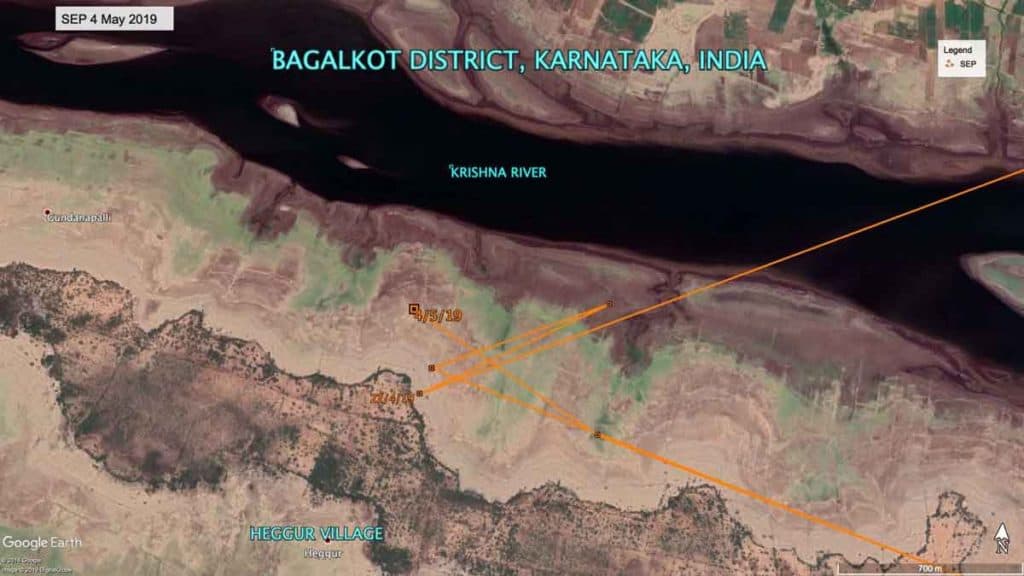
Surely this is breeding behaviour?
Leg Flag SHE (PTT 83595)
After ten weeks, the continued short local movements and, with each passing week, a definite ‘centre point’ developing in the tracks, confirms our belief that SHE is breeding in the Tonle Sap Biosphere, Cambodia.
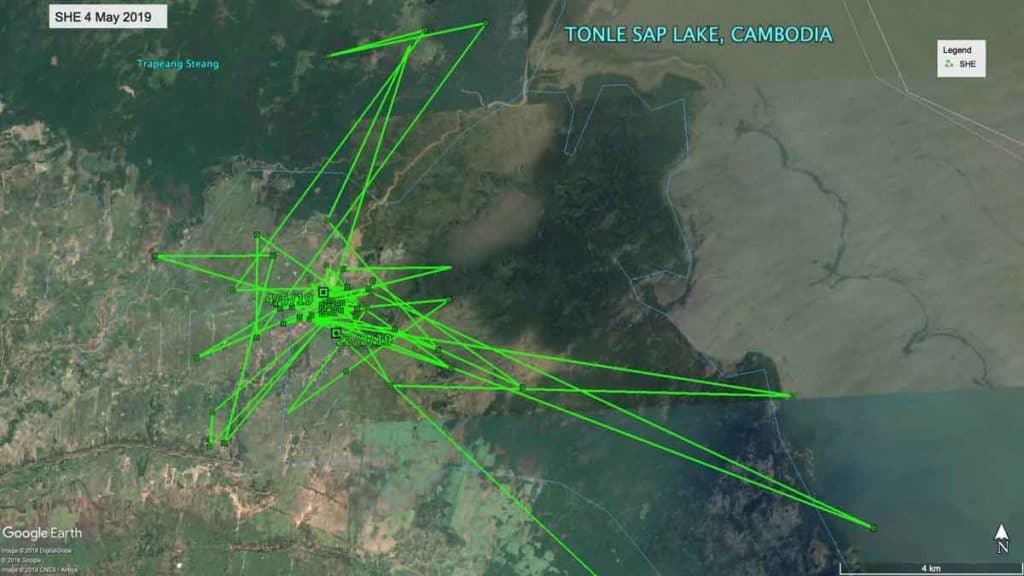
Nesting? Too early to call
SEC (PTT 83596)
Day 46 and still in Prey Veng Province. With each week we look forward to watching the progression of tracks to help us determine another breeding attempt in Cambodia. Once again, we wait for more data to help paint a better picture.
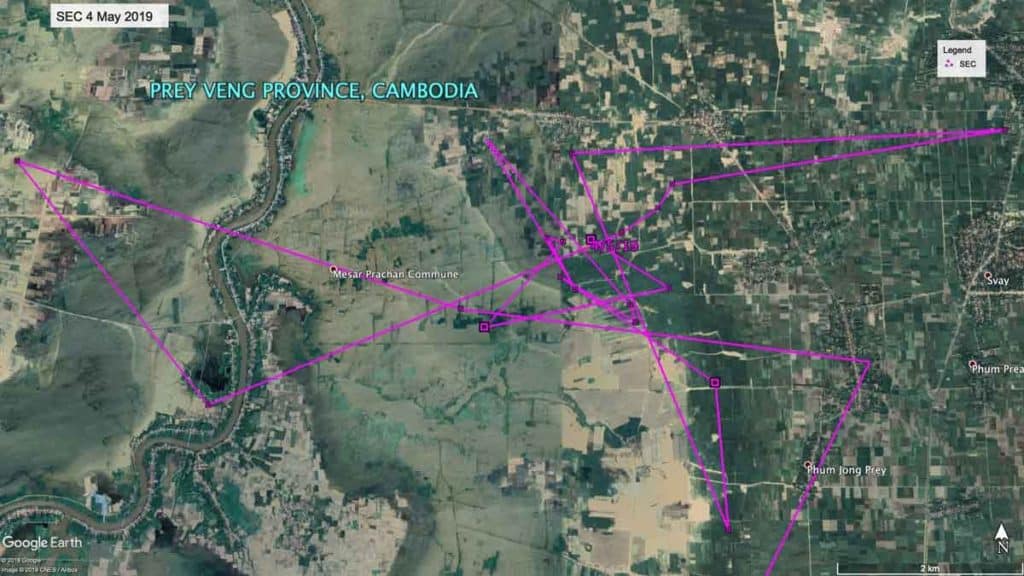
Download a PDF copy of this report – Oriental Pratincole Satellite Tracking Report Number 10
Acknowledgements
Clive Minton
The extensive and expensive satellite tracking program we have set up in NWA has only been possible through the efforts and generosity of a large number of people and organizations. It is difficult to know where to start with the formal acknowledgements so I will list them – but not in any particular order of priority.
- The members of the AWSG NWA 2019 Wader and Tern Expedition and similar NWA expeditions in previous years, are particularly thanked for their efforts in the field in catching, banding and deploying transmitters on a range of species.
- Landowners are especially thanked for permission to go onto their property to enable us to catch various species in order to deploy the satellite transmitters. In particular we thank Anna Plains Station for giving us the freedom to roam over large areas of grazed grassland when counting and catching target species.
- AWSG acknowledges the Yawuru People via the offices of Nyamba Buru Yawuru Limited for permission to catch birds on the shores of Roebuck Bay, traditional lands of the Yawuru people.
- AWSG acknowledges the Karajarri and Nyangumarta people for permission to catch birds to be marked for this project on the shores of 80 Mile Beach, traditional lands of the Karajarri and Nyangumarta.
- The cost of the satellite transmitters, which cost around $5000 each, and the satellite downloading costs (around $1000-1500 per month) have been met by a variety of sources. Private individuals (Charles Allen and Doris Graham) have made most generous individual contributions. Kate Gorringe-Smith and her team of artists involved in The Overwintering Project made a large, generous donation from funds raised during their various public exhibitions. The annual NWA Expedition members, collectively, also provided significant funds each year.



